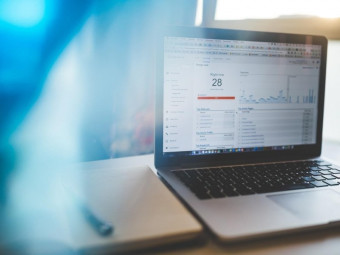Principles Of Macroeconomics
Tags: Macroeconomics
Understanding the Fundamental Issues of Macroeconomics
Last updated 2022-01-10 | 4.5
- Describe how inflation- unemployment and GDP are used to measure macroeconomic performance.
- Describe how unemployment is used to measure macroeconomic performance.
- Describe GDP is used to measure macroeconomic performance.
What you'll learn
* Requirements
* Students only need to be interested in the fundamentals of macroeconomics.Description
This course provides an introduction to aggregate economic analysis and using the aggregate demand/aggregate supply model for the determination of output, employment, and prices.
It is targeted at those who desire to learn the fundamentals of Macroeconomics. It will be valuable to those who are learning about macroeconomics for the first time or are looking to revisit the fundamentals of Macroeconomics. After this course, you should be able to do the following:
Describe how inflation, unemployment and GDP are used to measure macroeconomic performance.
Describe how unemployment is used to measure macroeconomic performance.
Describe GDP is used to measure macroeconomic performance.
Identify the primary sources of economic growth.
Explain the observed cross-country differences in income per capita.
Explain the interaction between aggregate demand and aggregate supply to determine the price level, real GDP, and employment.
Identify the structure and functions of a central bank.
Explain the factors influencing international trade and financial flows.
Analyze policy responses to business cycle shocks.
Dr. DeNicco graduated from Drexel University in 2013. His primary field is Macroeconomics and his secondary field is Industrial Organization. His primary research interests are in Macroeconomics and applied Macroeconomics, especially the relationship between GDP growth and labor dynamics.
His focus is on jobless recovery, which explores the speed of recovery in unemployment rates post recession, controlling for GDP growth. He is currently an Assistant Professor at the University of Tampa, where he teaches both Macroeconomics and Microeconomics.
Who this course is for:
- those who are learning about macroeconomics for the first time
- those who are looking to revisit the fundamentals of macroeconomics
Course content
2 sections • 32 lectures








 This course includes:
This course includes:











![DevOps Engineer Salary in the US in 2021 [For Fresher’s & Experienced] DevOps Engineer Salary in the US in 2021 [For Fresher’s & Experienced]](https://www.courses-for-you.com/images/uploads/thumbs/11-38.jpeg)

